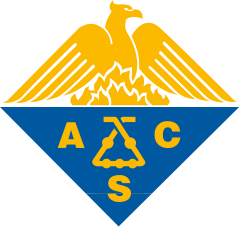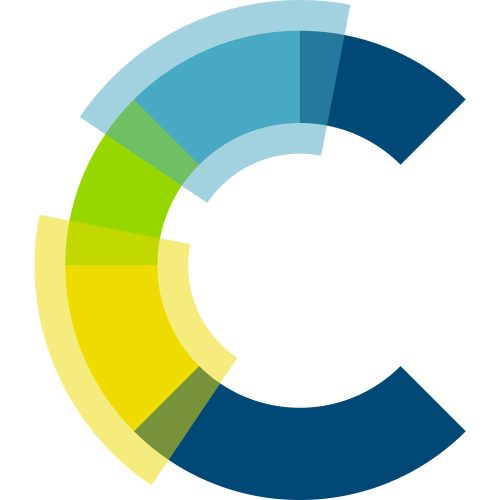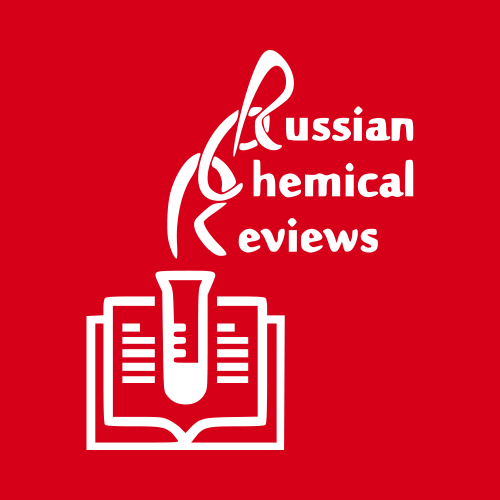Sustainable Materials and Technologies, volume 32, pages e00407
Bio-derived hard carbon nanosheets with high rate sodium-ion storage characteristics
Publication type: Journal Article
Publication date: 2022-07-01
Quartile SCImago
Q1
Quartile WOS
Q1
Impact factor: 9.6
ISSN: 22149937
General Materials Science
Industrial and Manufacturing Engineering
Renewable Energy, Sustainability and the Environment
Waste Management and Disposal
Abstract
Biomass is a sustainable precursor of hard carbons destined for use in sodium-ion batteries. This study explores the synthesis of hard carbon nanosheets (HCNS) from oxidized cork and impact of synthesis temperature on the hard carbon characteristics. An increase in the carbonization temperature from 1000 to 1500 °C generally leads to lower BET specific surface areas (~55 to 20 m 2 g −1 ) and d 002 interlayer spacing (~ 4.0 to 3.7 Å). The effect of synthesis temperature is reflected in the initial coulombic efficiency (iCE) which increases from 72% at 1000 °C to 88% at 1500 °C, as a result of the decrease in surface area, and structural defects in the hard carbon as verified using Raman scattering. The impact of cycling temperature (~25, 30 and 55 °C) on the rate capability and long-term cycling is investigated using high precision coulometry cycler. For a galvanostatic test at 20 mA g −1 and ~ 25 °C, a reversible capacity of 276 mAh g −1 is observed with an iCE of ~88%. Increasing cycling temperature enhances the rate performance, but slightly lowers the iCE (~86% at 30 °C and ~ 81% at 55 °C). At 20 mA g −1 , the reversible capacities obtained at 30 °C and 55 °C are on average ~ 260 and ~ 270 mAh g −1 , respectively. For constant-current constant-voltage (CCCV) tests conducted at 30 °C, reversible capacities ranging from 252 to 268, 247–252, and 237–242 mAh g −1 can be obtained at 10, 100, and 1000 mA g −1 , respectively. The respective capacities obtained at 55 °C are about 272–290, 260–279, and 234–265 mAh g −1 at 10, 100 and 1000 mA g −1 . The applicability of the HCNS electrodes is eventually evaluated in full-cells with Prussian white cathodes, for which a discharge capacity of 152 mAh g −1 is obtained with an iCE of ~90%. • A facile approach is designed to prepare hard carbon nanosheets from cork biomass. • Thermal oxidation helps preserve the microstructure of cork during carbonization. • Higher temperature favors rate capability of sodium-ion storage in hard carbons. • Hard carbon performance in half-cells is underestimated due to sodium metal.
Top-30
Journals
|
1
2
3
|
|
|
Journal of Energy Storage
3 publications, 11.11%
|
|
|
Chemical Engineering Journal
2 publications, 7.41%
|
|
|
ACS Applied Energy Materials
1 publication, 3.7%
|
|
|
Advanced Functional Materials
1 publication, 3.7%
|
|
|
Journal of Materials Science: Materials in Electronics
1 publication, 3.7%
|
|
|
Dalton Transactions
1 publication, 3.7%
|
|
|
Industrial & Engineering Chemistry Research
1 publication, 3.7%
|
|
|
Scientific Reports
1 publication, 3.7%
|
|
|
ChemSusChem
1 publication, 3.7%
|
|
|
Journal of Materials Chemistry A
1 publication, 3.7%
|
|
|
Resources Chemicals and Materials
1 publication, 3.7%
|
|
|
Russian Chemical Reviews
1 publication, 3.7%
|
|
|
Nano Energy
1 publication, 3.7%
|
|
|
Advanced Energy Materials
1 publication, 3.7%
|
|
|
Energy Storage Materials
1 publication, 3.7%
|
|
|
Heliyon
1 publication, 3.7%
|
|
|
Journal of Power Sources
1 publication, 3.7%
|
|
|
Chemistry and Chemical Technology
1 publication, 3.7%
|
|
|
Materials Futures
1 publication, 3.7%
|
|
|
Green Chemistry
1 publication, 3.7%
|
|
|
Materials Today Chemistry
1 publication, 3.7%
|
|
|
1
2
3
|
Publishers
|
2
4
6
8
10
12
|
|
|
Elsevier
11 publications, 40.74%
|
|
|
Wiley
3 publications, 11.11%
|
|
|
Royal Society of Chemistry (RSC)
3 publications, 11.11%
|
|
|
American Chemical Society (ACS)
2 publications, 7.41%
|
|
|
Springer Nature
2 publications, 7.41%
|
|
|
Autonomous Non-profit Organization Editorial Board of the journal Uspekhi Khimii
1 publication, 3.7%
|
|
|
Lviv Polytechnic National University
1 publication, 3.7%
|
|
|
IOP Publishing
1 publication, 3.7%
|
|
|
2
4
6
8
10
12
|
- We do not take into account publications without a DOI.
- Statistics recalculated only for publications connected to researchers, organizations and labs registered on the platform.
- Statistics recalculated weekly.
Are you a researcher?
Create a profile to get free access to personal recommendations for colleagues and new articles.
Metrics
Cite this
GOST |
RIS |
BibTex
Cite this
GOST
Copy
Asfaw H. D. et al. Bio-derived hard carbon nanosheets with high rate sodium-ion storage characteristics // Sustainable Materials and Technologies. 2022. Vol. 32. p. e00407.
GOST all authors (up to 50)
Copy
Asfaw H. D., Gond R., Kotronia A., Tai C., Younesi R. Bio-derived hard carbon nanosheets with high rate sodium-ion storage characteristics // Sustainable Materials and Technologies. 2022. Vol. 32. p. e00407.
Cite this
RIS
Copy
TY - JOUR
DO - 10.1016/j.susmat.2022.e00407
UR - https://doi.org/10.1016/j.susmat.2022.e00407
TI - Bio-derived hard carbon nanosheets with high rate sodium-ion storage characteristics
T2 - Sustainable Materials and Technologies
AU - Asfaw, Habtom Desta
AU - Gond, Ritambhara
AU - Kotronia, Antonia
AU - Tai, Cheuk-Wai
AU - Younesi, Reza
PY - 2022
DA - 2022/07/01
PB - Elsevier
SP - e00407
VL - 32
SN - 2214-9937
ER -
Cite this
BibTex
Copy
@article{2022_Asfaw,
author = {Habtom Desta Asfaw and Ritambhara Gond and Antonia Kotronia and Cheuk-Wai Tai and Reza Younesi},
title = {Bio-derived hard carbon nanosheets with high rate sodium-ion storage characteristics},
journal = {Sustainable Materials and Technologies},
year = {2022},
volume = {32},
publisher = {Elsevier},
month = {jul},
url = {https://doi.org/10.1016/j.susmat.2022.e00407},
pages = {e00407},
doi = {10.1016/j.susmat.2022.e00407}
}







